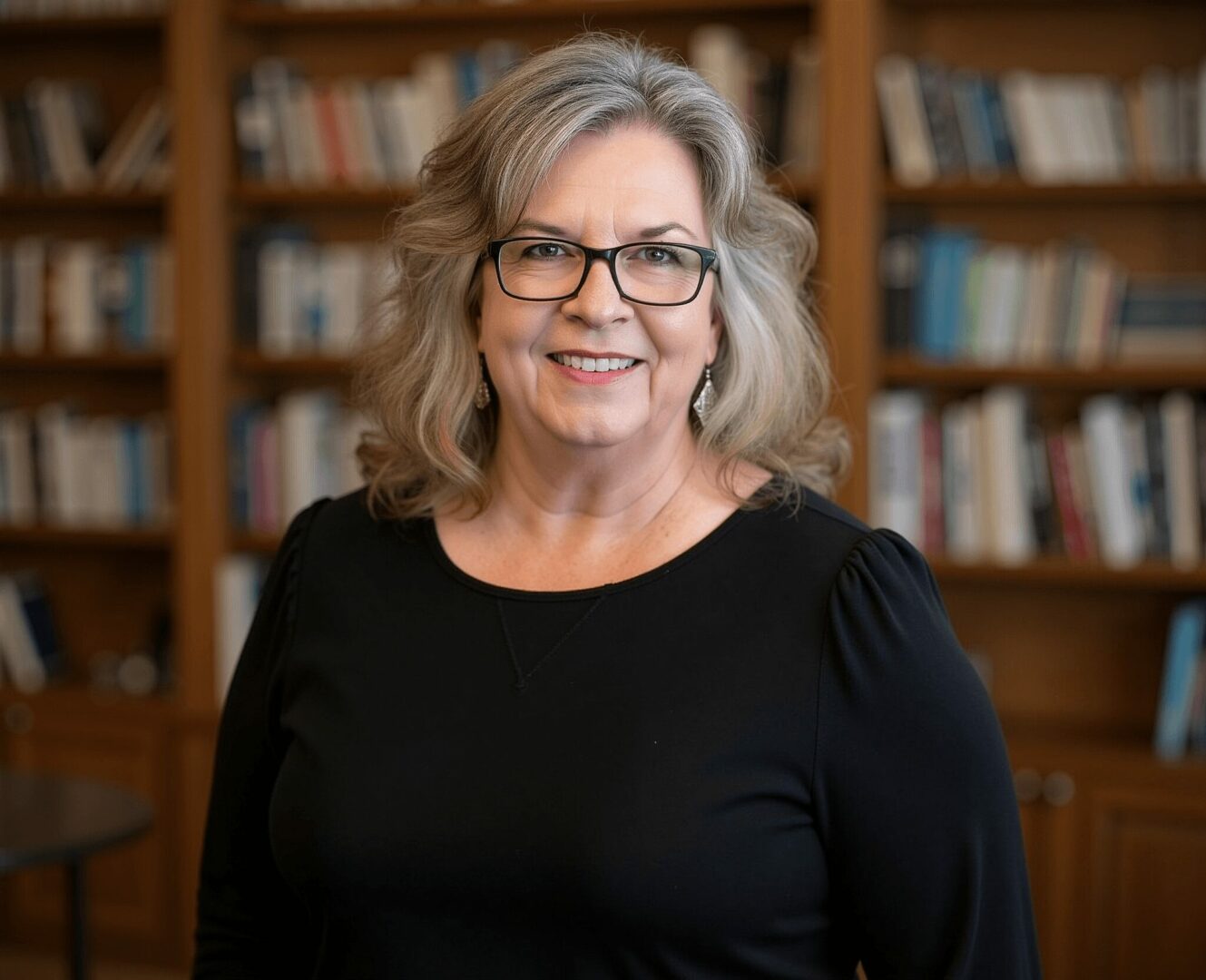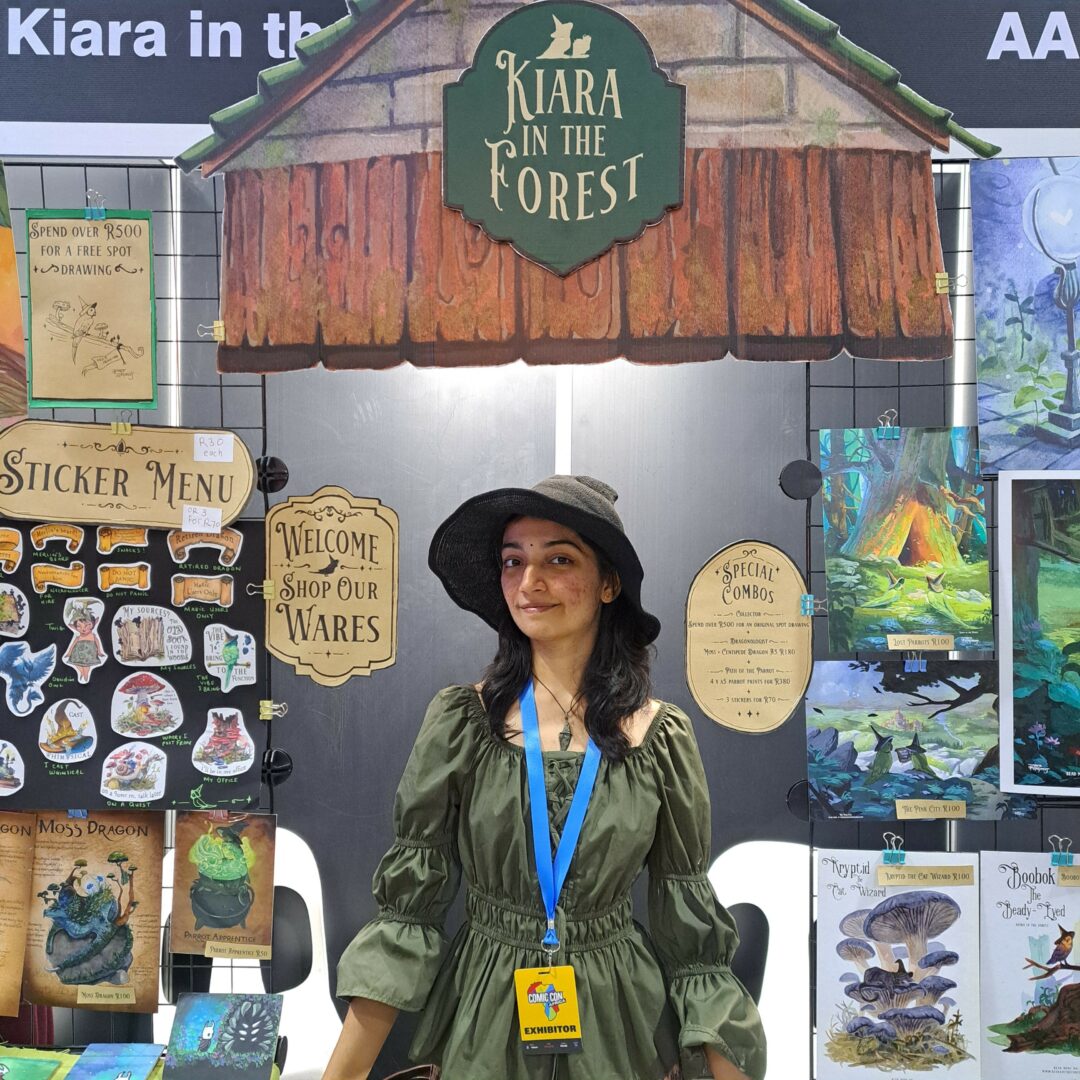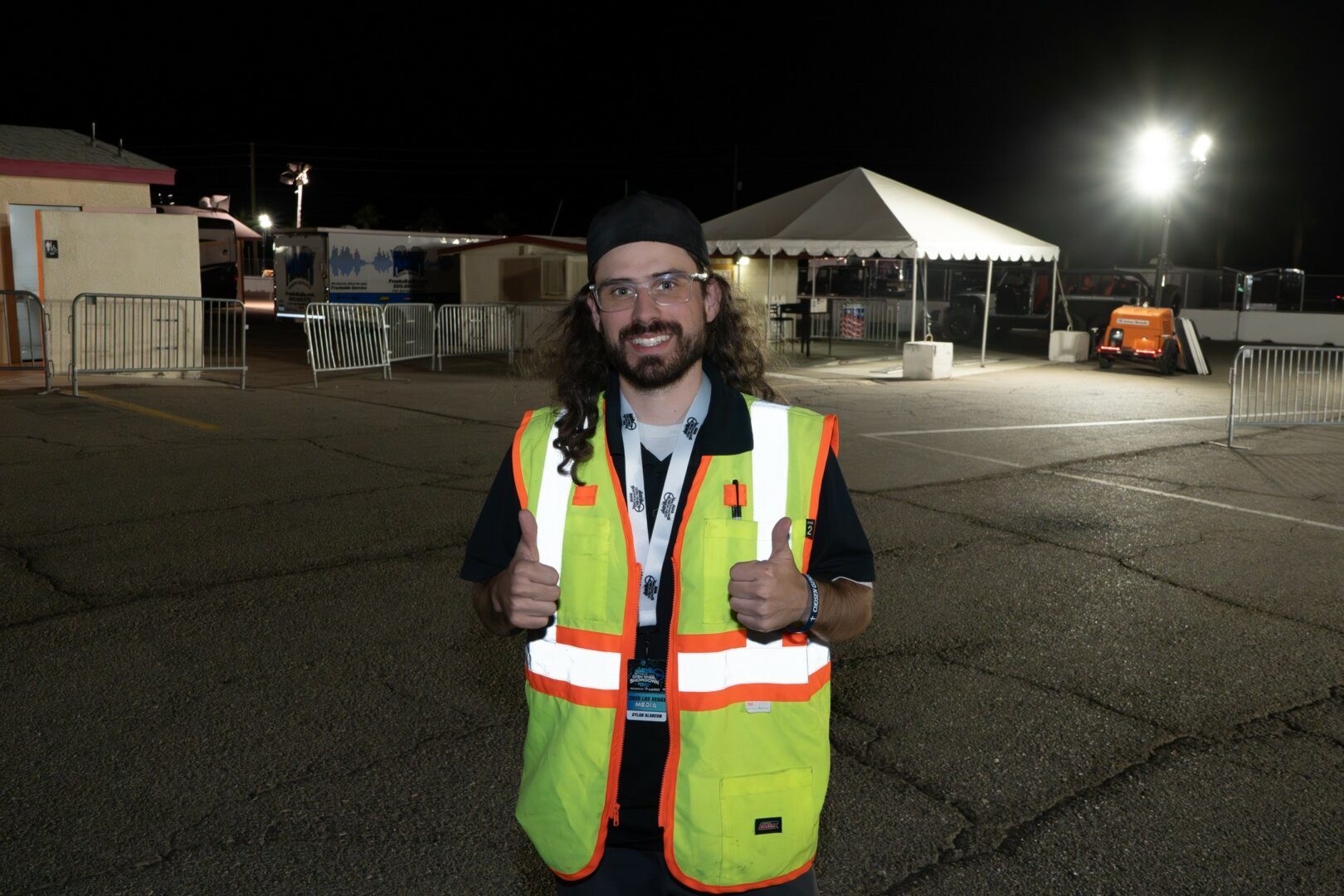Alright – so today we’ve got the honor of introducing you to Maddie James. We think you’ll enjoy our conversation, we’ve shared it below.
Maddie , looking forward to learning from your journey. You’ve got an amazing story and before we dive into that, let’s start with an important building block. Where do you get your work ethic from?
My father taught me a valuable lesson when I was in my teens—and still today at age 68—I can vividly recall the conversation and lesson learned.
I’d taken a summer job between my senior year of high school and freshman year in college, waiting tables in a local popular restaurant. On a Saturday night two weeks before I was to head to school, a thunderstorm swept through the community and tornado sirens were going off everywhere. The restaurant manager looked at me and said, “You’re in charge the rest of the shift. I’m going home to check on my family.”
He left me with two other staff members and a restaurant full of people. I was eighteen, frightened, and had no clue what to do. Fortunately, the storm rolled through in a couple of hours, and everything turned out fine—but I went home that evening scared, upset, and very mad at my supervisor for having left me in that position.
My next shift came on a Monday afternoon. I went to work, told the manager how scared his leaving made me, and I quit right there on the spot. He begged me to stay. I stood my ground, telling him he shouldn’t have left me the way he did. I didn’t give in, citing that I only had two more weeks anyway, to work. I went home.
A few hours later, my father came home, took one look at me, and asked, “Why aren’t you at work?”
“I quit,” I said.
I could see his anger. “You only had two weeks left.”
“That’s right. So he was going to have to find someone soon, anyway,” I argued.
“But he didn’t have anyone today.”
“No.”
He stared at me. “We don’t quit. When you make a commitment, you stick with it. He was relying on you and you didn’t come through.”
I clearly felt I could counter that argument. “Well, he didn’t stick with it. He left me alone. His job was to be there.”
“He’s the boss, right?”
“Well, yes.”
“Then he has the power to do what needs to be done. Obviously, he thought you could handle it. He chose you to be in charge over the other two people. He assigned you the authority, and he could do that, because he was the boss. He didn’t let you down. You let him down. Today.” He paused, then added, “You need to go back to work.”
This sort of felt like the time I found an open container of Silly Putty in the toy section of the grocery store and put it in my pocket to take home. My sister saw it when we were in the back seat of the car (why did I take it out to play with anyway?) and told my mother—who then promptly turned the car around and made me give it back to the store manager and tell him I took it.
“But it was already open!” I argued.
“Doesn’t matter.”
I had to fess up to the grocery store manager.
I didn’t go back to work at the restaurant, though. I did call and apologize.
The “we don’t quit, when you make a commitment, you stick with it,” mantra from my father never left me. It stuck with me through the years—through jobs, other commitments, and sometimes personal relationships. Maybe even in some instances, I stayed too long (and that’s another story).
Dad worked long hours in the factory, and even more hours every week on the farm. While we were not rich, by any means, he made sure we had what we needed. His role model, his work ethic, still guides me every single day.
In the book world, we live by deadlines. Writing, editing, design, and more—all the parts and pieces of putting a book package together to distribute and market—must sync up to produce a beautiful and on-time product. Without a strong work ethic—whether I’m working as a publisher, writer, or designer—my parts have to be finished on-time. One step builds on the other. Without discipline and a strong work ethic, the process can derail.
I lost my father three years ago. When he passed, he left my childhood home, the house he built alongside my grandfather, to me. The house was part of his work ethic, working hard to provide a solid and safe roof over our heads. I think of him every day as I make improvements—paint trim, peel wallpaper, clean the garage. The house has become my latest creative outlet. I’ve been working on it in his honor—upgrading and remodeling a room at a time. Occasionally, I ask him how he thinks it’s going. He approves.
My next project is cleaning and organizing his workbench in the garage. I’ve let it sit for a couple of years, not ready to move things. I will leave much as is, but I’m also eager to claim that space for myself now, where I can paint, create, upcycle furniture, and the like.
There is one thing I know for certain though, when I start a new project on this old house, when I make a commitment to open up a wall, or paint over the old paneling, I know will finish it.
It’s what we do. We don’t quit.
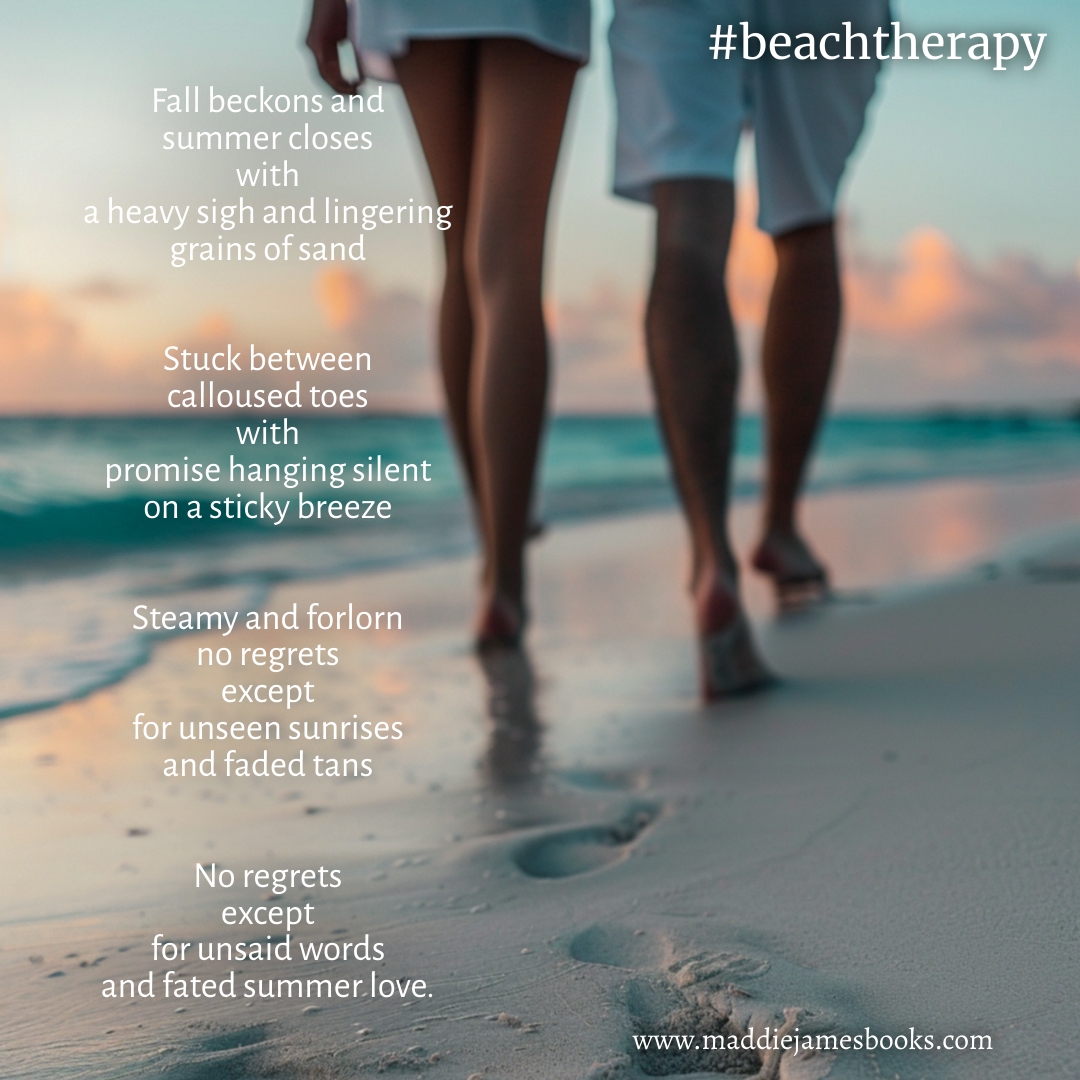
Thanks for sharing that. So, before we get any further into our conversation, can you tell our readers a bit about yourself and what you’re working on?
I’ve always had stories in my head. I was the daydreamer, the putterer, the ambler…always mumbling to myself, thinking over conversations I’d heard, or shows I’d watched, or something I’d read. I’d continue the stories in my head, often while falling asleep. Sometimes I’d change the ending to suit me, rewrite the dialogue, or create a spin-off story that would ramble about for a while.
When I was in the 5th grade, my parents took me to see the movie Gone With The Wind. It was a big event in this small-town, rural, farming community. This was the mid-1960s. We traveled to the next town over, where the theater was, and the place was teaming with people. How exciting! Prior to that night, in anticipation of the movie coming to town (my mother had really hyped me up about this…) I plucked the book, Gone With The Wind, off the library shelf in my classroom and started reading it. So much of it was over my head, but I kept at it. I didn’t finish, however, before the movie. So, when Rhett told Scarlett that he didn’t give a damn, and walked out of her life, I was devastated.
Simply, utterly, truly devastated.
I cried the entire way home. My 5th grade teacher saw me. My parents didn’t know what to do with me.
The ending was… So wrong!
And I’ve been writing happily-ever-after endings to stories ever since.
I was also the kid getting lost in a creative project–sewing, painting or drawing, making something crafty. I’ve always been a reader, but I sometimes was more fascinated by examining how the words looked on the page, the layout of the interior text, the design of the cover, and what art media was used to create the image. Later in life, came the obsession of moving those stories in my head, that inner edited dialogue and all that rambling prose, to the page.
That’s when my love of words and art and creativity collided.
I was a loner as a child, and still am as an adult. I value my few friends and, of course, my family. I’m a slightly empathic introvert, who over the years, has learned to be a tolerant extrovert in the work world. Mostly, I want to hole up in my house, wear my jammies all day, not talk to people, and immerse myself in whatever creative endeavor the muse has granted me.
When writing, I want to converse with my characters and manipulate their stories without interruption.
Forty years ago, I intentionally started putting words to the page because I wanted people to read my words. I was also desperate to quit teaching middle school, but let’s save that story. The dream was to write full time and support myself by writing.
I published a number of smaller works, won some contests, took classes, started critique groups. I began living in the writer world. I traditionally published my first novel in the late 1990s. In 2010, I formed an LLC, creating a publishing company to independently publish my work. Within weeks, I was mentoring other authors how to do the same.
Over the next five years, I honed my craft–writing, book design, cover art, editing, marketing copy, and more. I worked with over seventy authors, publishing their books, and launching a few careers along the way. While I’ve closed the house to other authors now, I still publish my own works independently under the imprint. To date, I’ve published over a hundred fiction and non-fiction titles, from short stories and articles to novels and non-fiction books–independently and traditionally. I’m published worldwide in several languages and in a variety of formats.
All this, while simultaneously working in education as a teacher, program coordinator, technical assistance provider, and/or curriculum developer. I worked the first twenty years in public school systems, the second twenty in private non-profit education work. I retired from the day job in 2020 as the senior director over the publishing wing of the organization. My last hurrah, before (finally) settling in to write/create full time, was writing and publishing the thirty- year history of the organization.
I’m an author, artist, teacher. That’s who I am my core.
Today, I write most days. I strive to release 4 books a year, more if I can swing it. I write the story, create the interior book files, and design my cover art. I blog, I make meager attempts at social media engagement, I mentor and coach new authors, and I teach workshops. In between, I create in whatever media that inspires me.
I write. I design. I teach. I create.
I take those voices in my head and turn them stories. Thus, my brand and tag line: Voices in my head. Stories from the heart.
As Maddie James, I write “Stories from the Heartland,” small town and cowboy romance stories that are both warm and spicy. In late 2025, I’ll launch a new small town cozy mystery series under this brand.
As Madeleine Jaimes, I write women’s fiction novels, exploring the real-life, complicated relationships of women, their friends, and their families. The stories are emotional, angsty, and hit subjects that are sometimes difficult to read–and write–but they are the stories women face every day in their lives.
As M.L. Jameson, I write “gritty, steamy, deadly romantic suspense and thrillers.” Some are sweet, and others are downright graphic and intense.
I’d love to invite your readers into my world of Tuckaway Bay, my newest women’s fiction series penned as Madeleine Jaimes. Set on an east coast barrier island, the coastal town of Tuckaway Bay has a small-town, southern feel, and a beachy attitude. The locals are friendly and vacationers return year after year.
Beach Therapy launches the multi-book series. Dive into the lives of six best friends, their loves, relationships, heartaches, family issues, and more. The women, and their stories, will keep you coming back to Tuckaway Bay. Meet Lia, Maggie, Alice, Julia, Wren, and her identical twin, Willow.
Said one reader, “I want these women for my friends!”
Beach Therapy, and all the Tuckaway Bay books, are available wherever books are sold (as they say) and also on my website.
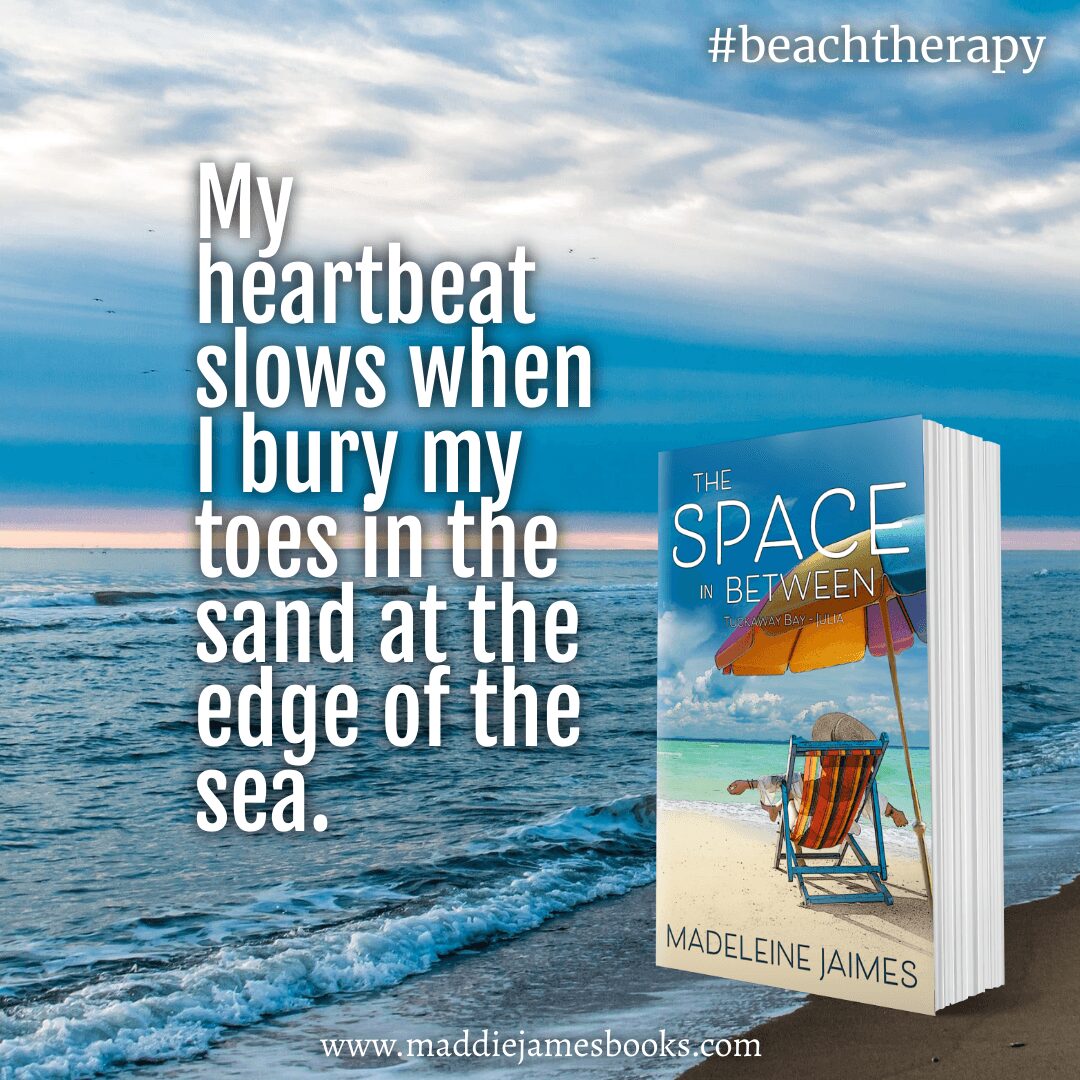
Looking back, what do you think were the three qualities, skills, or areas of knowledge that were most impactful in your journey? What advice do you have for folks who are early in their journey in terms of how they can best develop or improve on these?
I talk about this in my book, “Discover Your Write Path to Publishing Success.” To find your “write path,” whatever the journey, be intentional about three things:
Planning and goal setting. I’m a huge fan of planning and setting goals. I’m also a big fan of flexibility–knowing when a plan isn’t working and dropping back to punt. Revisit your plans often! Goals are the dangling carrot you want to achieve. Planning is how you get there. The last quarter of every year, I set aside time to map out the next year. Sometimes, two years. That’s okay. You can punt, right? I create an overarching annual plan for book releases. I narrow down the details in quarterly plans. Both plans live on the wall beside my desk. In my planner, I continue to fine-tune the monthly plan, the weekly, and then finally the daily plan.
Nurturing ideas and creativity. Believe in your ideas and your creative self. Some ideas need time, others are ready to go when they jump into your head. Give them the space they need to develop. Same for you. Creative energy burns out quickly. Rest. Recover. Grant yourself the gift of time and space.
Creating habits and routines. Those who are persistent, methodical, commit to projects, and have solid habits and routines, produce results. Some of this has to do with mindset–and some of it with personality. Some people thrive and are extremely successful within strict routines. Others get panicky and twitchy if they don’t deliver within the timeframe of that routine. I’ll toss flexibility into the mix here, too. Figure out what kind of routine works best for you.
One more: Find your sweet spot. No matter what your career, working within your sweet spot has many advantages. Remember that adage–work at what you love and you’ll never work a day in your life? This. Ask yourself three questions: 1. What do I know a lot about? (knowledge); 2. What excites me? (passion, energy); 3. Who am I writing/working for? (audience.). When your knowledge aligns with your passion and shakes hands with your audience—Voila! Your sweet spot.
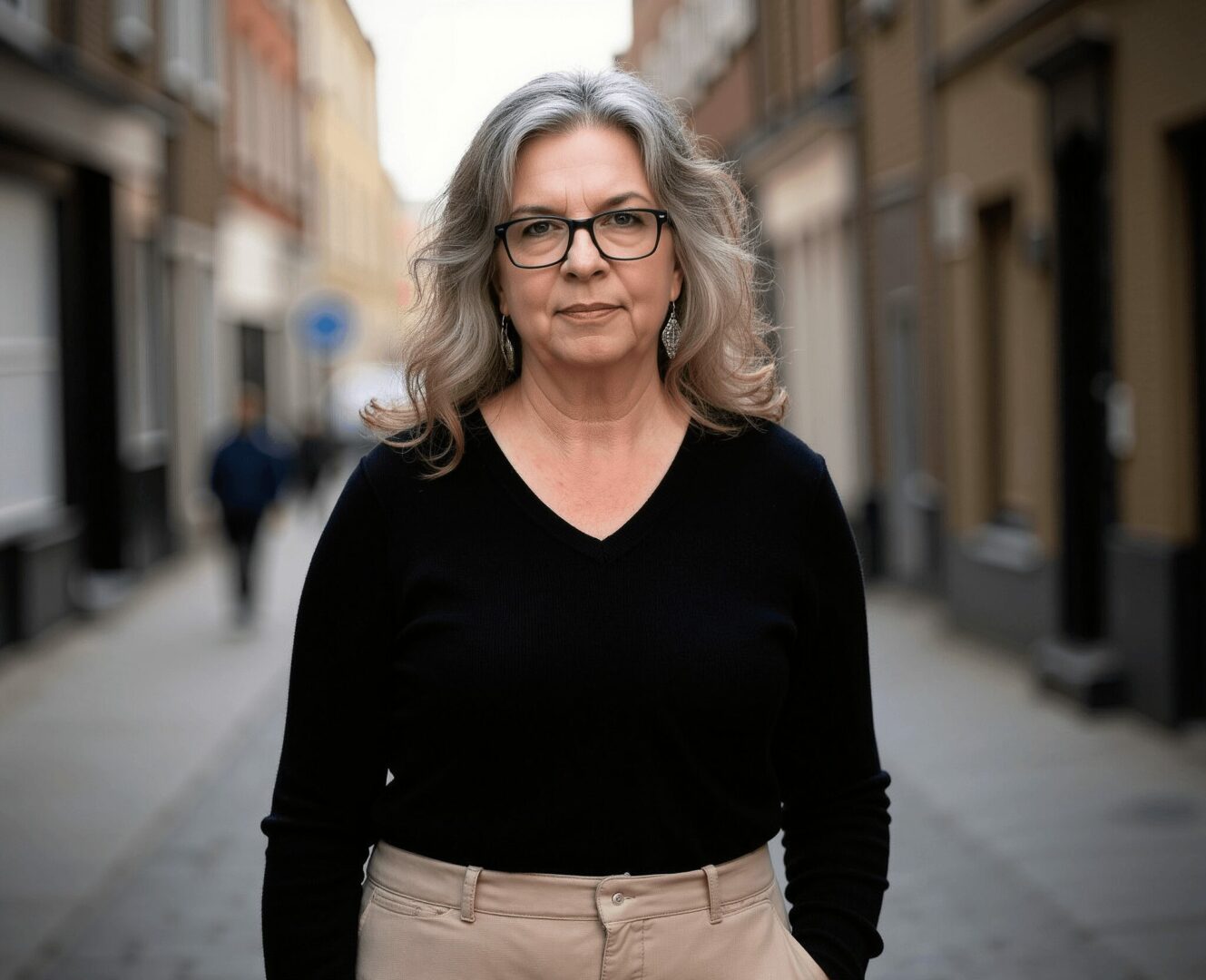
Thanks so much for sharing all these insights with us today. Before we go, is there a book that’s played in important role in your development?
Early in my writing career, I bought the book, “Writing Down the Bones” by Natalie Goldberg. To date, it is the most dog-eared, written in, highlighted, sticky-noted, and paper-clipped book I own. I reference it often in writing workshops and take it with me when I’m teaching.
Natalie says, “Sit down with the least expectation of yourself; say, ‘I am free to write the worst junk in the world.’ You have to give yourself the space to write a lot without a destination.”
Those words gave me so much permission to simply sit down and write. Get the story down first, edit later.
Write a lot without destination.
Write without the end in mind.
It’s okay to lower your expectations at “word one.”
It’s okay to let the raw and uneasy words slip from your fingers and pen onto the page. You should do that. Don’t censor. Nothing stifles creativity more than worrying if your words are good enough, or right enough, or true enough, or that others will like them.
Let that sit for a minute. Then let that go.
You can edit later. You WILL edit later. Get the story down first.
First words, first thoughts, are powerful. Capture them with your creative spirit and hold them to the page. Be free with them and write what comes.
Contact Info:
- Website: https://maddiejamesbooks.com/
- Instagram: https://www.instagram.com/maddiejames_1
- Facebook: https://www.facebook.com/MJNovelist/
- Other: threads: https://www.threads.net/@maddiejames_1
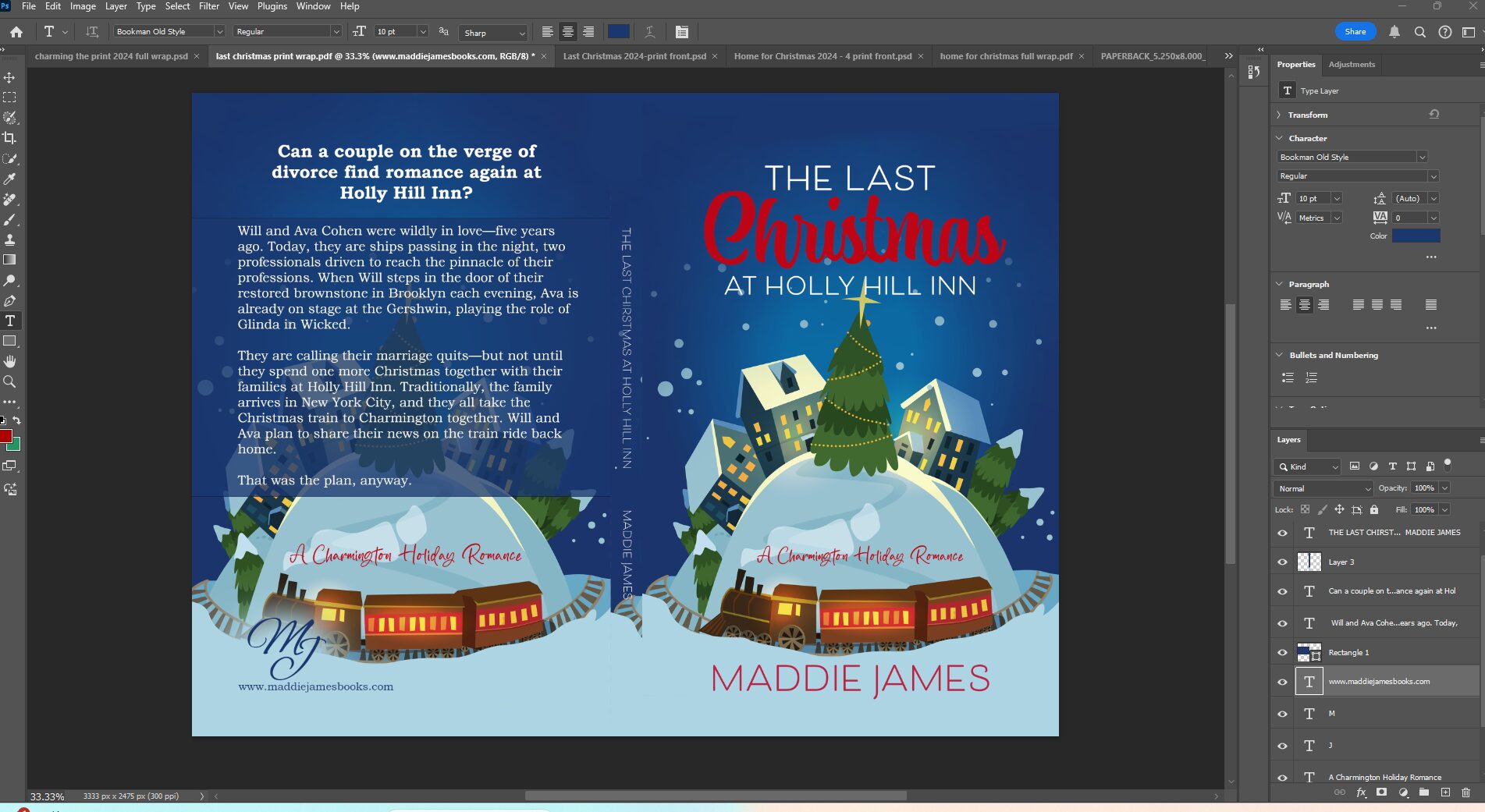
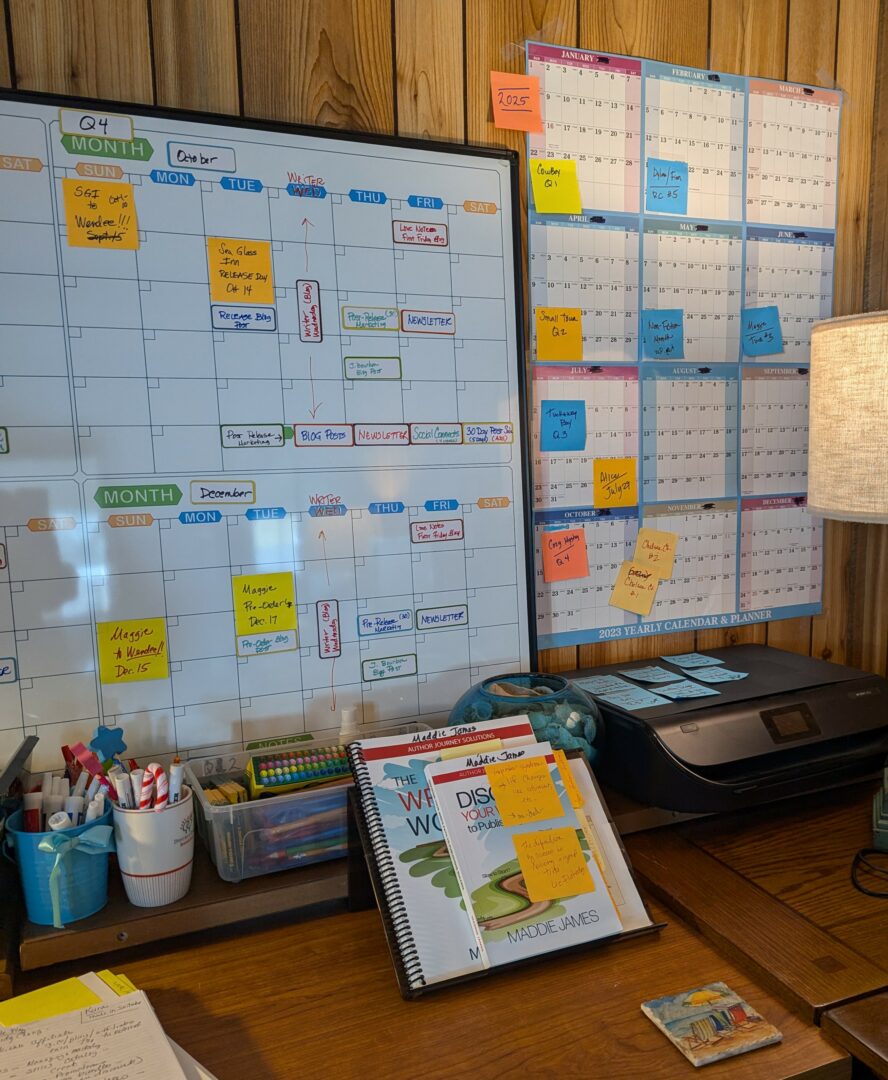
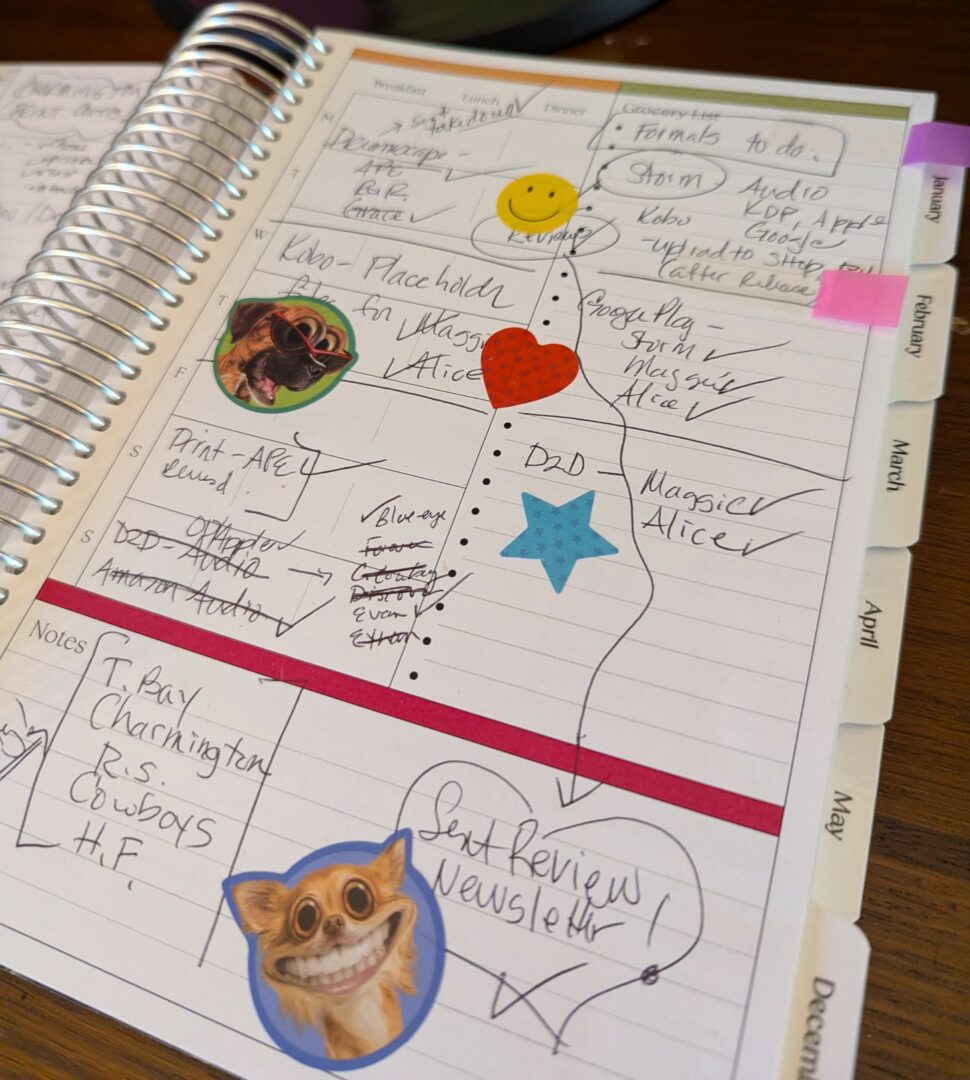
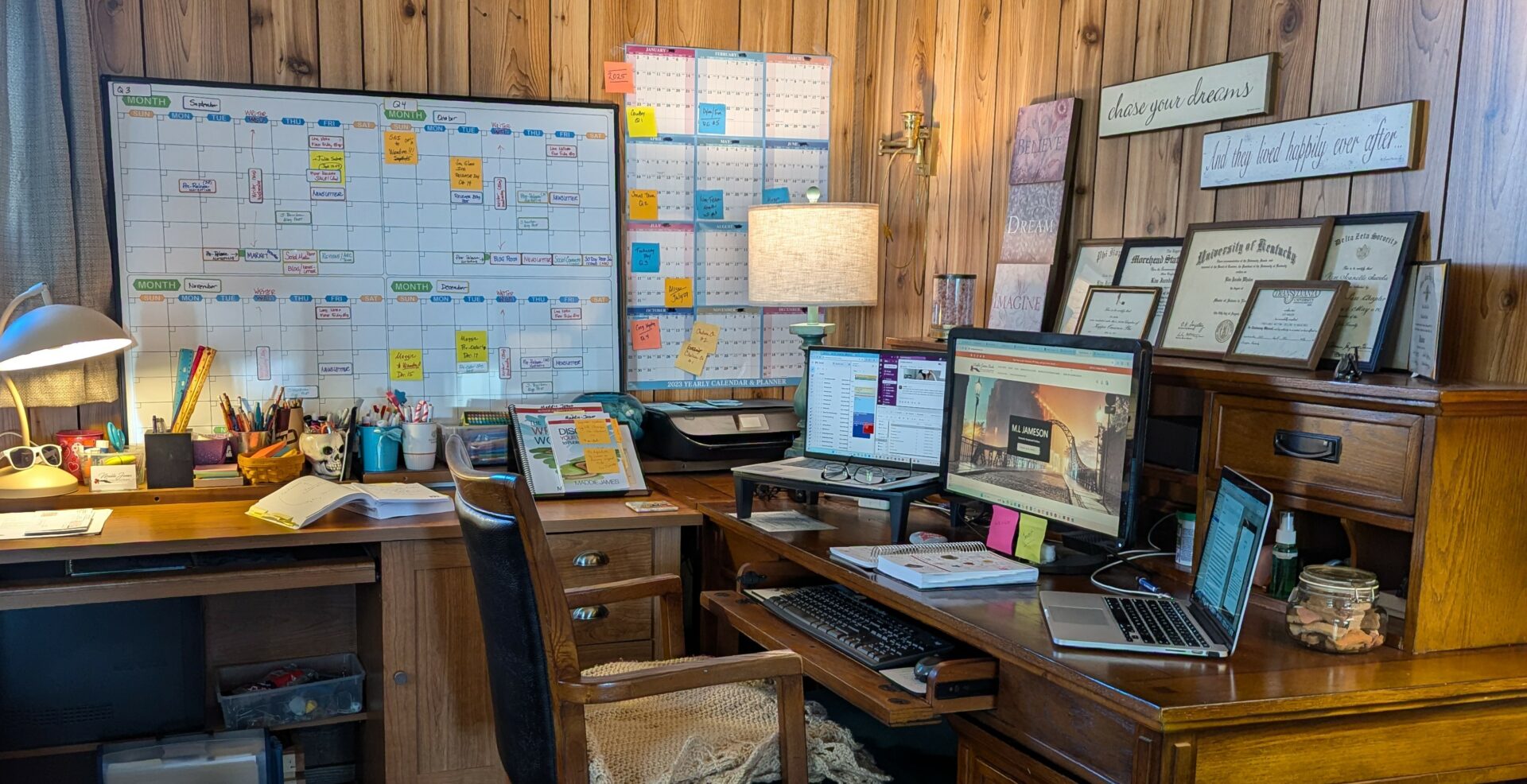
Image Credits
NA
so if you or someone you know deserves recognition please let us know here.

